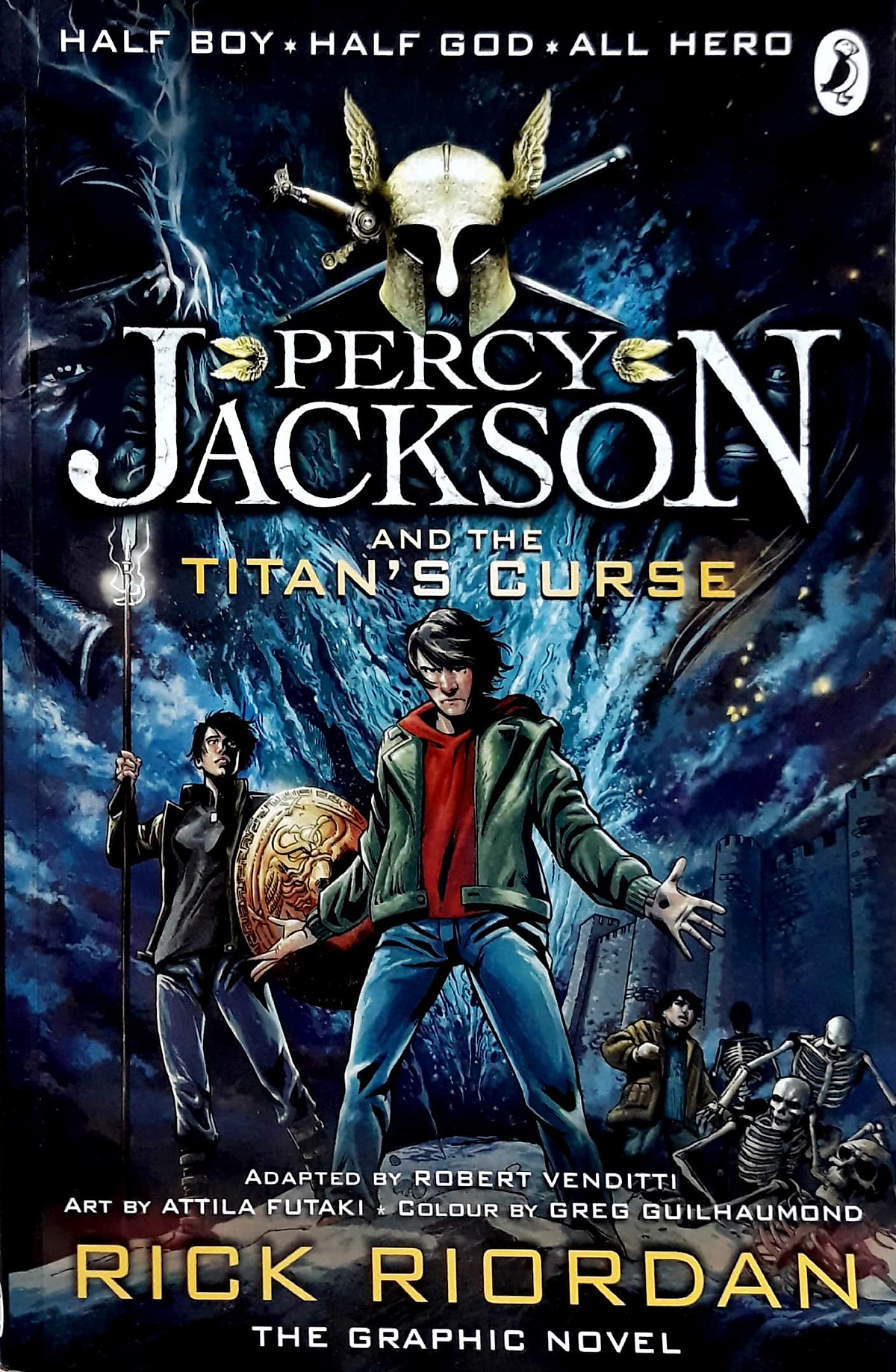

There is a manticore in the 1982 animated film The Last Unicorn.The manticore appears as a Greek myth unit in the game Age of Mythology.The lab specialized in creating human hybrids and their logo looked very much like a manticore.
#Percy jackson graphic novel the manticore series#

Following the success of their second album, Tarkus – which featured a manticore in the artwork and lyrics – Emerson, Lake & Palmer founded Manticore Records in 1973.It is the second volume of his " Deptford Trilogy. Canadian writer Robertson Davies wrote a novel titled The Manticore, published in 1972.In the Divine Comedy, Geryon is depicted as a manticore-like demon that dwells at the deep barrier between the circles of violence and fraud.

North Cerney All Saints figure of a manticore on the South wall of the South transeptĪ manticore features as medieval sixteenth century graffiti on the wall of North Cerney church in Gloucestershire it was seen as an unholy hybrid of the zodiacal signs Leo, Scorpio and Aquarius In popular culture Accordingly Apollonius asked the question, whether there was there an animal called the man-eater ( martichoras) and Iarchas replied: "And what have you heard about the make of this animal ? For it is probable that there is some account given of its shape." "There are," replied Apollonius, "tall stories current which I cannot believe for they say that the creature has four feet, and that his head resembles that of a man, but that in size it is comparable to a lion while the tail of this animal puts out hairs a cubit long and sharp as thorns, which it shoots like arrows at those who hunt it."

170–247) wrote:Īnd inasmuch as the following conversation also has been recorded by Damis as having been held upon this occasion with regard to the mythological animals and fountains and men met with in India, I must not leave it out, for there is much to be gained by neither believing nor yet disbelieving everything. Later, in The Life of Apollonius of Tyana Greek writer Flavius Philostratus (c. He followed Aristotle's natural history by including the martichoras-mistranscribed as manticorus in his copy of Aristotle and thus passing into European languages-among his descriptions of animals in Naturalis Historia, c. Pliny the Elder did not share Pausanias' skepticism. But that it has three rows of teeth along each jaw and spikes at the tip of its tail with which it defends itself at close quarters, while it hurls them like an archer's arrows at more distant enemies all this is, I think, a false story that the Indians pass on from one to another owing to their excessive dread of the beast. The beast described by Ctesias in his Indian history, which he says is called martichoras by the Indians and "man-eater" by the Greeks, I am inclined to think is the tiger. The Romanised Greek Pausanias, in his Description of Greece, recalled strange animals he had seen at Rome and commented, It passed into European folklore first through a remark by Ctesias, a Greek physician at the Persian court of King Artaxerxes II in the fourth century BC, in his notes on India ("Indika"), which circulated among Greek writers on natural history but have not survived. The English term "manticore" was borrowed from Latin mantichorās, itself borrowed from Greek μαντιχώρας-an erroneous pronunciation of the original Persian name. The manticore myth was of Persian origin, where its name was "man-eater" (from early Middle Persian مارتیا martya "man" (as in human) and خوار xwar- "to eat").


 0 kommentar(er)
0 kommentar(er)
